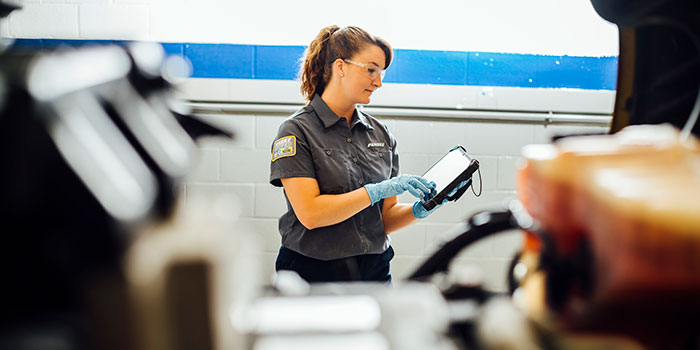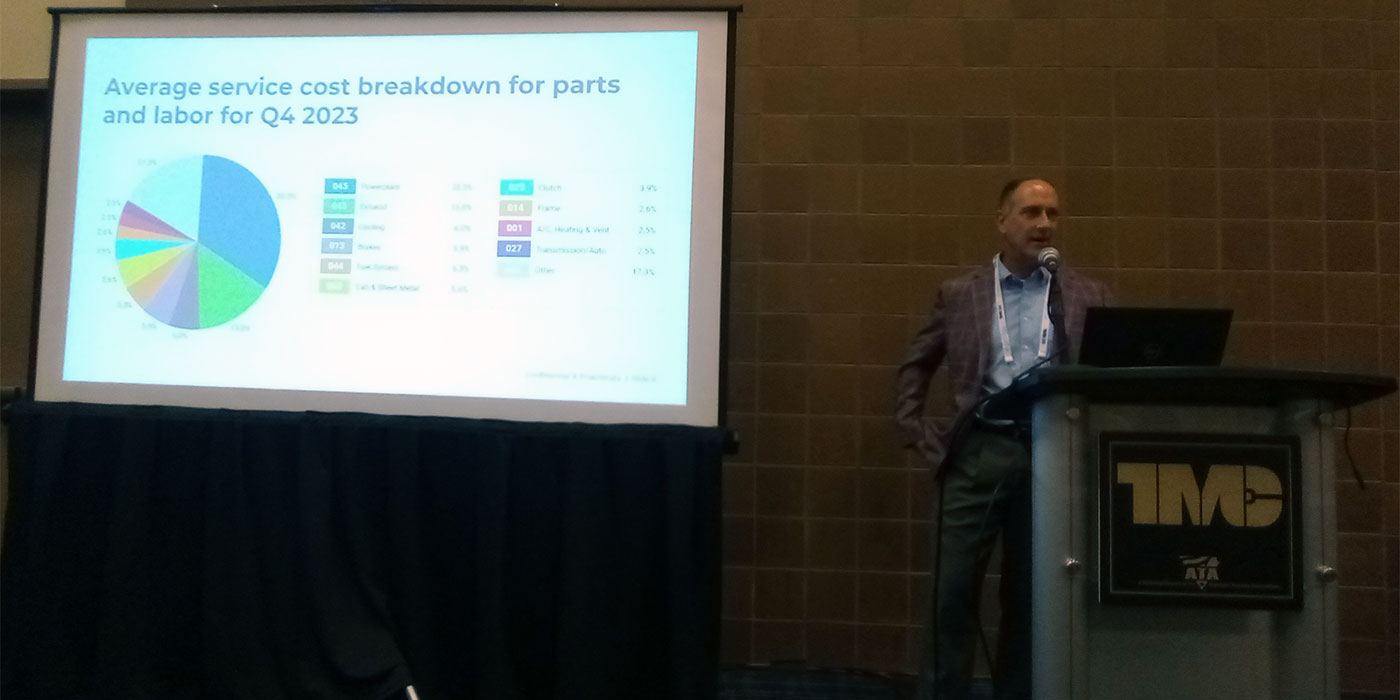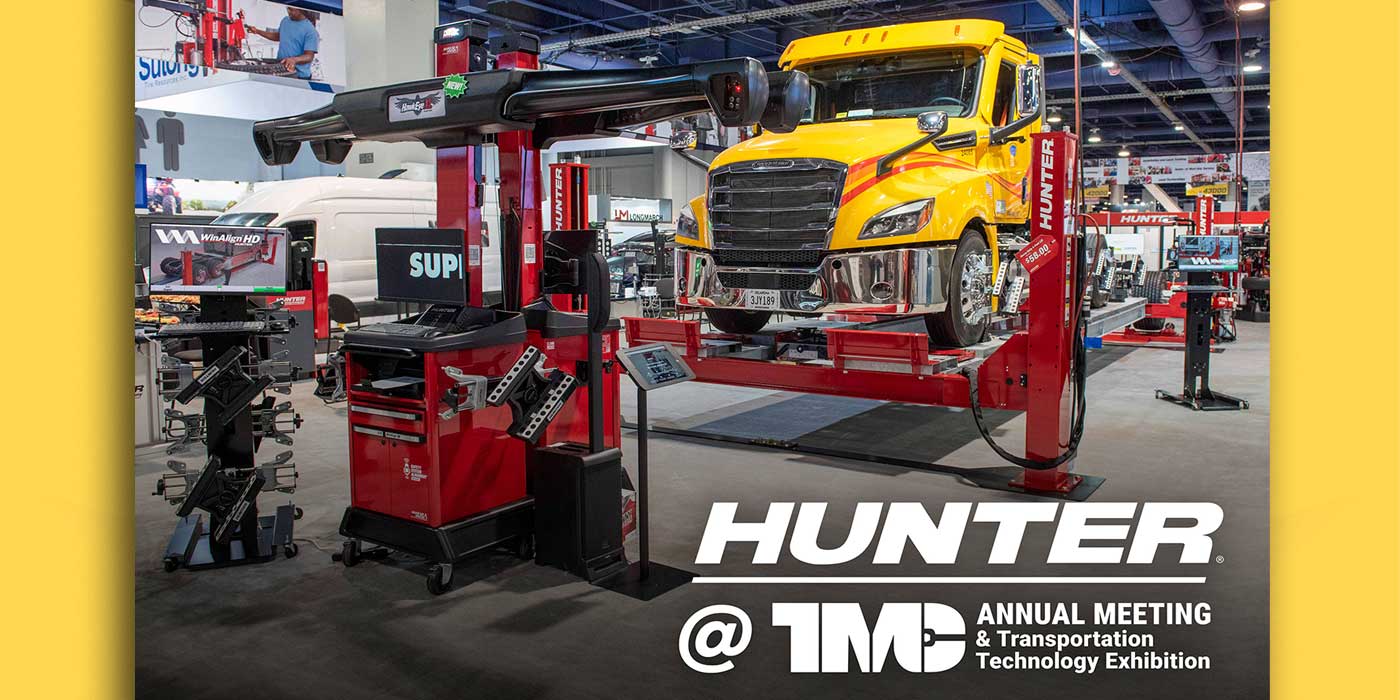The days when technicians wrote down everything, passed paper forms to a shop supervisor for review and someone entered parts and labor information manually into maintenance management software are over, according to Renaldo Adler, industry principal for asset maintenance with Trimble’s Transportation Division.
“Today, technicians can see schedules and assignments, review driver reports, diagnostic and repair histories and enter service event information on laptops and mobile devices,” Adler says. “The value of these paperless real-time management systems is in downtime reduction so vehicles are back on the road faster.
“Along with improving shop productivity, paperless solutions cut administrative time and eliminate error-prone manual data entry,” Adler adds. “Accurate data is highly valuable for implementing predictive maintenance, and for analytics that drive better planning, forecasting and reporting practices.”
“Where fleet shops gain productivity with paperless maintenance management systems, including software on mobile devices, is in not having technicians leave work stations,” says Bill Griffiths, vice president of global consulting and client services at Chevin Fleet Solutions. “With the ability to open work orders, review inspection reports and checklists, record labor time and request parts, indirect labor costs drop.”
Paperless maintenance management systems can save administrative time, Griffith also notes. These solutions eliminate the need for data entry and validation because they are based on rules that prevent errors and use formats designed to ensure accuracy and detail consistency.
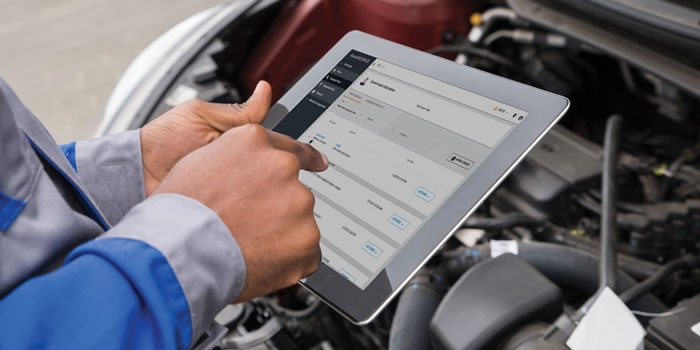
The power of technology
“With paperless management systems, part of the true ROI can come from lower parts carrying costs driven by meeting inventory needs through forecasting,” Griffiths adds. “That is one example of the power of this technology and how real time data gives you the information you need to make proactive decisions based on predictive analyses.”
An early case study by AssetWorks estimated that 20 to 30 minutes a day of a technician’s time could be freed up by eliminating the time required to record work on a paper timesheet, reports Marc Knight, senior fleet industry expert with AssetWorks.
“That additional available time means a technician can complete more work in a day, increasing productivity rates,” Knight says. “Higher productivity can lower your overall burdened labor rate by having more hours to spread costs over, and can help overcome staffing shortages by reducing the number of technicians needed.”
If a fleet is looking to evaluate a paperless system, they need to first understand what their use case and infrastructure can support, Knight notes. That can include directly networked workstations and Wi-Fi connected notebooks and mobile devices.
“Functionality is key,” says Kevin Aries, global product success leader at Verizon Connect. “No good paperless system should be hard to use. But you need to see the big picture. It’s not the paper, but what you do with it that’s the problem: filling it out, collecting it, organizing it, processing and storing it. By focusing on the paper trail, businesses can easily measure time they spend on basic tasks both before and after their paperless system is implemented.”
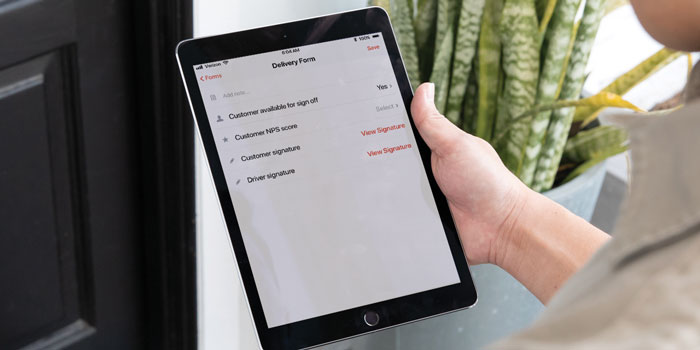
Enabling mobile device capability
An increasingly valuable part of a paperless shop management system is mobile device capability, notes Trimble’s Renaldo Adler. That’s particularly true for remote locations where assets are maintained and repaired using service trucks, or for on-site maintenance or breakdowns.
“Mobile technology is influencing the evolution of the paperless shop,” says Marc Knight at AssetWorks. “Software developers are designing user interfaces for applications that are responsive to the screen sizes of tablets and smartphones. Next generation mobile applications will give the user the same experience if they are on a phone, tablet, laptop or at a work station.
“These new touch-enabled interfaces allow a technician to capture labor, open work orders, add jobs, enter notes, review repair history and request parts directly from their mobile device,” Knight continues. “Inexpensive, basic tablets can be used and make it affordable to give each technician a device. The battery life is also long enough that the device can be used for an entire shift without needing recharging.”
The ROI of any paperless maintenance management system can be measured in overall increases in direct time productivity, including allowing supervisors to monitor repair status in real time, better workload and assignment management, and reduced time to complete paperwork. That leads to reduced turnaround time and downtime, plus better customer satisfaction.
“Whether it’s maintenance records, vehicle inspection reports or even the shop’s schedule, going paperless means more time can be focused on what really matters,” says Kevin Aries at Verizon Connect. “Time saved can be used on high value tasks that drive the business forward.”
Making connections
Earlier this year, Trimble introduced its new TMT ServiceConnect module, enabling fleet shops using Trimble’s TMT Fleet Maintenance software to be connected to more than 4,500 medium- and heavy-duty service locations, including OEM dealers, throughout North America.
The TMT ServiceConnect module, powered by Decisiv Service Relationship Management technology, extends Trimble’s first commercially available paperless shop solution, the Interactive Workstation (IWS), beyond the walls of a fleet’s shop to a connected network of service facilities.
“The combination of the new TMT ServiceConnect module and fault code prediction capabilities provide fleet operations managers the ability to make more informed and faster service and repair decisions to minimize or even eliminate potential downtime,” said Scott Vanselous, general manager of asset management software (AMS) for Trimble Transportation Enterprise.
TMT ServiceConnect, according to Trimble, provides more seamless collaboration between fleets and shops to schedule repair and maintenance activities, track service status, record service activity, parts replaced and labor, and create invoices for the service performed. With the new module, fleet and shop managers are able to see the status of all equipment being worked on across service locations, and it enables direct communication across service networks to schedule and approve repair work to be completed.
“With TMT ServiceConnect, fleet users of TMT software from Trimble will drive asset utilization and performance through better communication and collaboration during service events,” said Dick Hyatt, president and chief executive officer of Decisiv. “Through a more seamless connection to a network of service providers and a shared understanding of the repair status of every asset in every location, the new module brings added value to customers.”
Decisiv also recently announced an integration with its SRM ecosystem that allows fleets or service providers using Mitchell 1 software to incorporate critical asset repair and diagnostic information into a service event case. The integration provides access to Mitchell 1 TruckSeries repair information and Manager SE Truck Edition shop management software within the Decisiv platform.
“The Mitchell 1 suite of solutions for Class 4-8 trucks already allows fleets and service providers to take complete control over their business,” said Kristy LaPage, business manager of the commercial vehicle group at Mitchell 1. “Our new integration with Decisiv SRM enables them to have full visibility into each aspect of their service activity through better communication and collaboration.”

